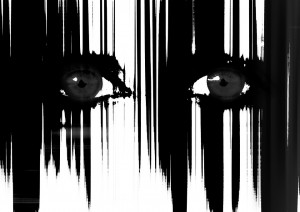When people hear the word anxiety these days they typically associate it with a bad thing, and with good reason. For the most part people are being exposed to the dreadful side of anxiety, simply because it can really drain a persons’ quality of life. But there is another end to the spectrum where anxiety forms part of necessity. So where does a person draw the line and how does anybody decide when it’s bringing them down?
A Natural Reaction
On the positive side, anxiety helps to keep you alert and aware of your situation. In fact, it can help you retain your focus and quickly solve a problem. In moments of danger you’ll also feel an elevated sense of anxiety, informing you to be careful. Without it we probably won’t react quickly enough if the scenario calls for it.
The Dangers
On the down side, intense anxiety can keep people from living their lives. Apart from making some individuals too scared to do anything, it has a physical effect as well. For example, nausea, sweating and high blood pressure. Feelings of constant fear that ultimately force you to stop being productive is the definitive signal that a disorder is involved.
The only problem is defining the type of anxiety disorder you have, because they come in many forms. Instead of seeing it as an exclusive disorder, regard it as a series of related conditions. Every individual has their own way of struggling with anxiety and the source is usually hidden behind an emotional problem.
The Different Symptoms
In order to help get some clarity, here are some of the well-known symptoms typically connected with anxiety disorders:
– Always anticipating the worst
– A lack of focus and concentration
– Tensed muscles and paranoia
– Irritated
– The inability to think logically
– Restless
Now the question you have to ask yourself is how many times do you feel any of these symptoms throughout the day? Do they happen when you drive and there’s a lot of traffic around you? Maybe it’s triggered when there are too many people in a single room.
It’s important that a person traces the routes of the problem, and the best place to start is by noticing changes. Start making notes of when you feel too much anxiety and notice the changes your body goes through. Is your heart rate increasing? Is your mouth getting dry? Are you breathing comfortably?
The moment you can spot the triggers of your anxiety you can start to take the steps towards recovery.
 Treating Anxiety Disorders
Treating Anxiety Disorders
In the end the best way you can make a diagnosis and find a suitable treatment is to speak to a professional. The most important thing to know is that anxiety disorders can be treated and it doesn’t have to control your life. There are several self-help programs available on the web, but it’s still important to seek professional advice. In some cases it could be a medical condition that requires specific medication.

